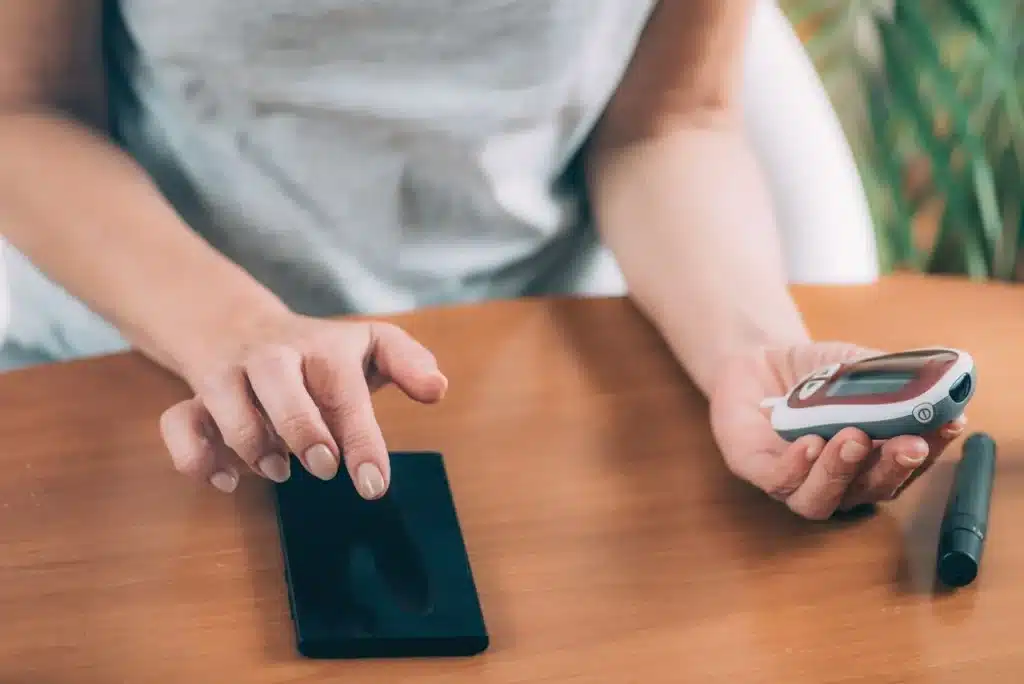In the realm of diabetes management, staying ahead requires more than just routine check-ups and medication adherence. It demands a comprehensive understanding of one’s glucose levels, trends, and patterns. Continuous Glucose Monitoring (CGM) has emerged as a game-changer, offering real-time insights into glucose fluctuations. However, to truly bridge the closing care gaps in diabetes management, advanced data integration with CGM is indispensable. In this blog, we delve into how this integration can revolutionize diabetes care, ultimately leading to better outcomes for patients.
Understanding Care Gaps in Diabetes Management
Diabetes is a complex condition that requires constant vigilance. Despite advancements in treatment modalities, there still exist significant care gaps that hinder optimal management. These gaps manifest in various forms, including inadequate glucose control, delayed intervention, and limited patient engagement. Addressing these challenges demands a proactive approach that goes beyond traditional methods.
The Role of Continuous Glucose Monitoring
CGM systems have transformed diabetes management by providing continuous, real-time data on glucose levels. Unlike traditional fingerstick measurements, CGM offers a comprehensive view of glucose trends throughout the day and night. This technology empowers individuals with diabetes to make informed decisions regarding diet, exercise, and medication adjustments. However, the true potential of CGM lies in its integration with advanced data analytics and healthcare systems.
Closing Care Gaps through Advanced Data Integration
Advanced data integration involves the seamless assimilation of CGM data into electronic health records (EHRs) and other healthcare platforms. This integration enables healthcare providers to access comprehensive patient data in real time, facilitating timely interventions and personalized care plans. Here’s how advanced data integration with CGM can help close care gaps in diabetes management:
Personalized Care Plans
By analyzing CGM data alongside other clinical parameters, healthcare providers can tailor treatment plans to suit individual patient needs. Patient outcomes are improved by this tailored strategy, which also increases therapeutic efficacy.
Early Detection of Trends
CGM data integration allows for the early detection of glucose trends and patterns, such as hypoglycemia or hyperglycemia episodes. Healthcare providers can intervene promptly, thereby preventing adverse events and reducing the risk of complications.
Must Read Can We Achieve Equitable Diabetes Care?
Remote Monitoring and Support
With integrated CGM data, healthcare teams can remotely monitor patients’ glucose levels and provide timely guidance and support. This proactive approach enhances patient engagement and adherence to treatment regimens.
Data-Driven Insights
By leveraging advanced analytics tools, healthcare providers can extract valuable insights from CGM data, such as predictive modeling and trend analysis. These insights empower clinicians to make informed decisions and optimize diabetes management strategies.
Streamlined Communication
Integrated CGM data fosters seamless communication and collaboration among healthcare providers, patients, and caregivers. This ensures continuity of care and facilitates timely adjustments to treatment plans as needed.
Closing Thoughts
Closing care gaps in diabetes management requires a multifaceted approach that integrates cutting-edge technology with clinical expertise. Continuous Glucose Monitoring (CGM), when coupled with advanced data integration, holds immense promise in transforming diabetes care delivery. By harnessing the power of real-time data analytics, healthcare providers can revolutionize how they manage and support individuals with diabetes. Ultimately, this integration paves the way for improved outcomes, enhanced patient satisfaction, and a brighter future for diabetes management.
Also, read more about What is blood glucose tracking and can the Apple Watch do it?
Conclusion
In conclusion, closing care gaps in diabetes management is not merely an aspiration but an achievable goal. Through advanced data integration with CGM, healthcare providers can elevate the standard of care, empower patients, and drive positive health outcomes. As we continue to harness the potential of technology in healthcare, let us embrace innovation as a catalyst for change in the fight against diabetes. Together, we can bridge the closing care gaps and pave the way for a healthier, more vibrant future.


